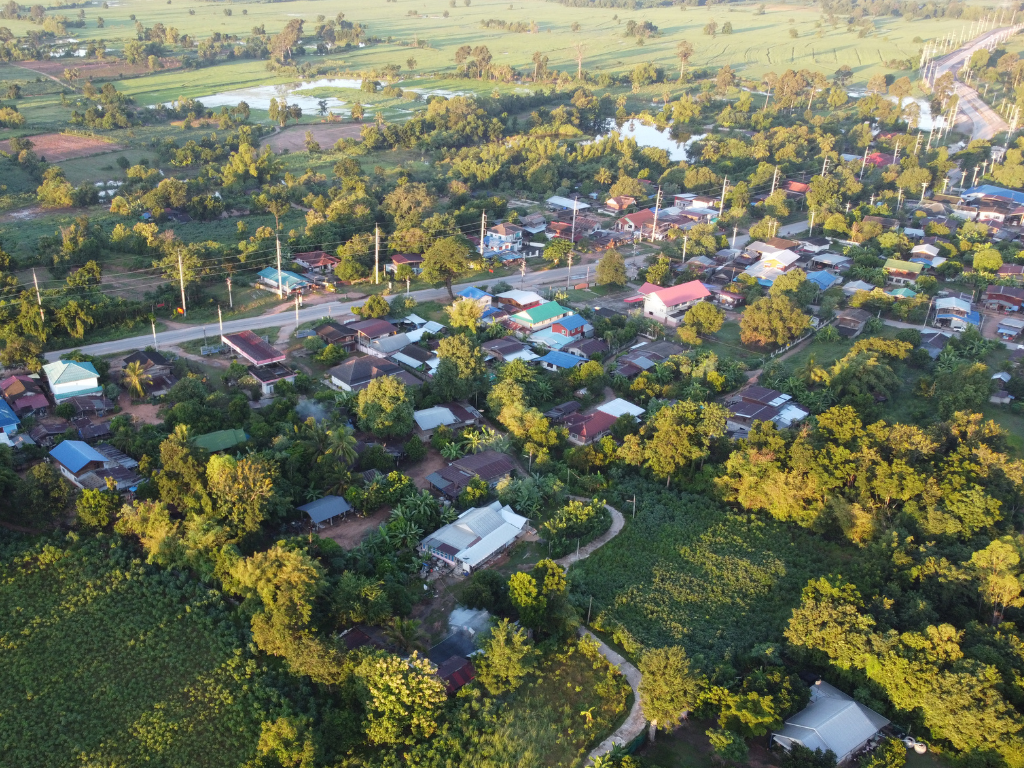Queensland’s rural and remote communities are full of heart, places where neighbours look out for each other, and the local footy game is a weekly highlight. But behind the strong community spirit lies a serious challenge: staying healthy in a rural setting isn’t easy.
People living in these areas often face significant health challenges, especially when it comes to accessing adequate healthcare. In many cases, there may not be a local GP available, let alone a specialist nearby. Travelling to appointments can take hours and, for some, it’s simply not feasible due to distance, cost, or mobility issues.
The lack of access makes it harder to catch health issues early or get support to manage them. Aboriginal and Torres Strait Islander communities in remote areas are most affected, with higher rates of chronic conditions and fewer culturally safe services. [1] The need for tailored and culturally appropriate support has never been more important. These communities often face additional barriers such as language differences, historical mistrust of healthcare systems, and a lack of locally available programs that reflect cultural values and practices. [1]
These disparities are reflected in broader health outcomes across remote regions. According to the Queensland Chief Health Officer’s report, hospitalisation rates for chronic conditions such as Chronic Obstructive Pulmonary Disease and type 2 diabetes are 2.7 to 2.8 times higher in remote and very remote areas compared to urban regions. [2]
Better health starts with more than personal choices. It’s shaped by the world around us. Social, cultural, economic, and environmental factors all play a big role. When access to healthcare is limited, making healthy choices becomes harder. This can lead to habits like smoking, poor nutrition, and low physical activity. Programs that reach and support rural and remote communities are vital.
The path forward
The Queensland Government’s Rural and Remote Health and Wellbeing Strategy 2022–2027 recognises that achieving health equity requires more than just clinical care. It calls for integrated, person-centred services, strong partnerships, and a sustainable, skilled workforce. The strategy also emphasises prevention, promotion, and education as key pillars for long-term change. [3]
Queensland’s rural and remote communities deserve the same opportunities for good health as anywhere else. That’s where My health for life comes in. This free healthy lifestyle initiative funded by the Queensland Government through Health and Wellbeing Queensland is closing the healthcare gap by reaching people in even the most remote parts of Queensland.
Through flexible health coaching, participants are supported with the information and tools to empower them to make healthier choices. Support options include telephone health coaching, online support, and culturally adapted sessions, and participants learn to make healthier choices, at their own pace, to reduce their risk of developing chronic conditions such as type 2 diabetes, heart disease and stroke.
Liz’s and Debbie’s experience with My health for life
For My health for life participant Liz, the flexibility and support made all the difference.
“It’s been life-changing to have someone invest time and care in my health journey,” Liz said. “The program reminded me that it’s not about drastic changes, it’s about small, sustainable steps that add up over time.”
For participant Debbie, health coaching has helped her get back in the saddle – literally.
An avid rider for the past 18 years on the Eton farm stay property she runs with her husband Steve, Debbie couldn’t ride because of crippling arthritis in her knees.
She decided to join My health for life and was paired with Telephone Health Coach, Danni.
“Danni was lovely to talk to, and she was really encouraging. It was really good,” she said. “It gave me the support I needed to lose weight and get more active.”
Over the course of the telephone coaching series, the two discussed Debbie’s eating habits and exercise routines. With gentle guidance and achievable goals, Debbie began making small changes that added up.
“I’ve noticed I have more energy. I’m feeling a lot happier and it’s great to be getting in and doing more and helping my husband more on the farm,” Debbie said.
Debbie’s story is a testament to how My health for life empowers Queenslanders to take control of their health and wellbeing, even in rural and remote areas.
Read Debbie’s full story here.
To see if My health for life is right for you, do the free online Health Check today.
References
[1] Australian Institute of Health and Welfare (2023). Community safety for First Nations people. Available at: https://www.aihw.gov.au/reports/australias-welfare/indigenous-community-safety
[2] Queensland Health. (2025). Chronic diseases. Report of the Chief Health Officer Queensland. Available at https://www.choreport.health.qld.gov.au/archive/2025/our-health/chronic-diseases
[3] Queensland Health. (2022). Rural and remote health and wellbeing strategy 2022–2027. State of Queensland. Available at https://www.health.qld.gov.au/__data/assets/pdf_file/0020/1142066/Rural-and-Remote-Health-and-Wellbeing-Strategy-2022-2027.pdf




